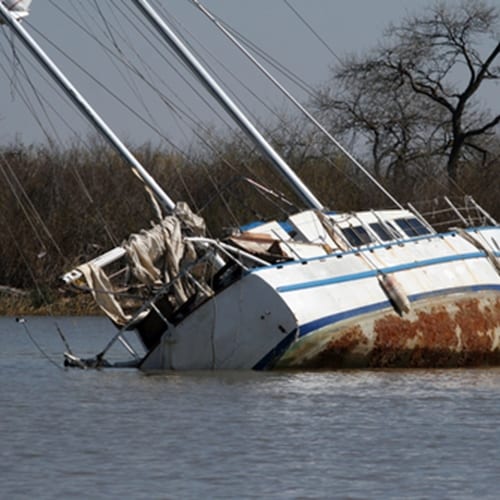Remotely operated vehicles (ROVs), machines that act as underwater robots, have often been used by police forces to find sunken ships or other items at the bottom of an ocean or river, or by scientists to study deepwater life. The machines are usually tethered to a ship, and can show controllers what is happening beneath them in real time. Another use of this equipment is by any business that uses ships to transport materials.
The Canadian Coast Guard learned this lesson this week when a boat was leaking oil in Notre Dame Bay. According to CBC News, a paper carrier sunk in the bay in 1985, but still has 450 tons of fuel on board. When ducks in the area were found to have oil in their feathers last month, the Coast Guard found the boat had two cracks leaking oil.
With the help of an ROV, the team was able to find the leaks, and workers used a neoprene gasket to seal the boat this week. The Coast Guard has said that it will continue to use an ROV to monitor the area to make sure that the seals stay in place.
"We were successful in carrying out the operation, with no injuries or any damage to any of the equipment," Bob Grant, a senior environment officer with Department of Fisheries and Oceans. "So, it took a little bit of time, but we finally accomplished our immediate goal."
Not only is having an ROV vital to protecting those involved in these kinds of industries, but having the protection for these machines is also vital. With ROV insurance, ROV operators can know that their machinery will be covered in case of an accident.

